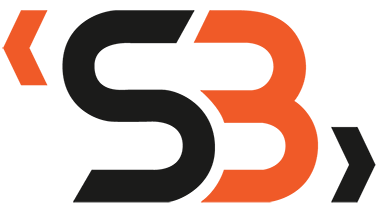Have you ever thought about the use of Google Ads for advertising your blogging business?
Paid Traffic is people who will visit your website, store or page through advertisements on different platforms. Paid Traffic is a strategy that invests money to generate results. The company will pay an amount to increase accesses to the site, the number of leads, or visits to a given property page.
Paid and Organic Traffic has some differences. Inorganic Traffic, there is no need for investment to achieve results, so the actions taken are limited. However, in paid Traffic, we can see greater scalability since the more significant the acquisition. The greater the number of people who will do the action determined as the campaign’s objective.
Paid Traffic or Organic Traffic?
As previously said, paid and organic Traffic are entirely different things. When you decide which one you will prioritize to start work, you should think about whether you want something stable in the short-medium term or something you will build for the unstable long term.
If you want practically immediate goals, the most appropriate choice would be Paid Traffic, since you should only know about the platforms, know about your persona, have your goals and strategies well defined. When you start investing, Facebook or Google will already estimate how many people have entered your site with this budget. I would recommend the use of paid Traffic in two situations.
The first situation is when your company doesn’t have an excellent organic positioning (SEO), doesn’t want to do content marketing, doesn’t work well with your social networks, or even create your business strategy recently, paid Traffic can be an excellent option to increase the number of people within your site and even the number of visits scheduled.
Google Ads
It is the most well-known platform for paid Traffic, this advertising ad service reaches almost 96% of all Google’s annual revenue.
Moreover, Google Ads works through keywords, and keywords are nothing more than the words with more searches within Google. You can find various information such as most searched words, the volume of comments, number of daily quests, searches by region in the Keyword Planner, which is a free tool that Google offers so that you can optimize your campaigns.
Use the multiproduct ads in your campaigns and posts on the page.
In my experience, the ad that impacts the most is multiproduct. In addition to facilitating the visualization, it generates more engagement and organizes the information of the property.
When we talk about Google ads, we must constantly evaluate the context.
You will be sharing the user’s attention with photos and texts from friends and relatives and advertisements and publications from other pages.
So choose well your product, use the best photos and make your multiproduct ad.
Analyze the results correctly
To measure if you are reaching the result you would like and compare it with other media. The first tip is to create links to the properties advertised.
Create links? I explain. Media like Adwords have effortless integration with Google Analytics since they belong to the same company.
Now, Facebook is not that simple.
To understand and get more details about your Facebook campaigns, you need to add some information. This information should be added to the links of the properties advertised.
When a person clicks on this link, he will send some additional information to Google Analytics, such as the campaign that generated this click, the name of the related ad, etc.
Goals
The second part of building a Facebook ad is choosing the daily budget you’re going to spend. You can run simulations, and Facebook will show you how many ordinary people will come to your page and fulfill your goal.
After the budget, you can place which audience wants to advertise your property. It can segment by age, tastes, habits, geolocation, latest involvement, and several other items.
Audiences
Lastly, you will work on the Creatives part, which is where you define whether your ad will be through a video or image (being able to edit them within the platform), write a text that is attractive to your customers, choose the link that will be targeted and even change the placement of the ad.
The ad’s positioning is the optimization of it for platforms such as Facebook and Instagram because they offer different dimensions of video and image. You can also choose whether the ad will only reach people on desktop or mobile.
Conclusion
Paid Traffic is just one of several ways to attract more people to your site, call people to your establishment, get in touch with possible interested people or even make sales.
A point of attention is always to be aware of the primary metrics of paid Traffic. These are:
CPC (cost per click),
CTR (click rate),
CPM (cost per thousand clicks),
clicks on the link, and
ROI (Return on Investment).
The learning within these platforms must be constant at all times, trying to optimize your campaigns so that you can get the best out of them with the same investment. And another important factor is that the result is not guaranteed. It is estimated, so do not have high expectations or already having a prediction of your products. They may be worse or better than expected.

